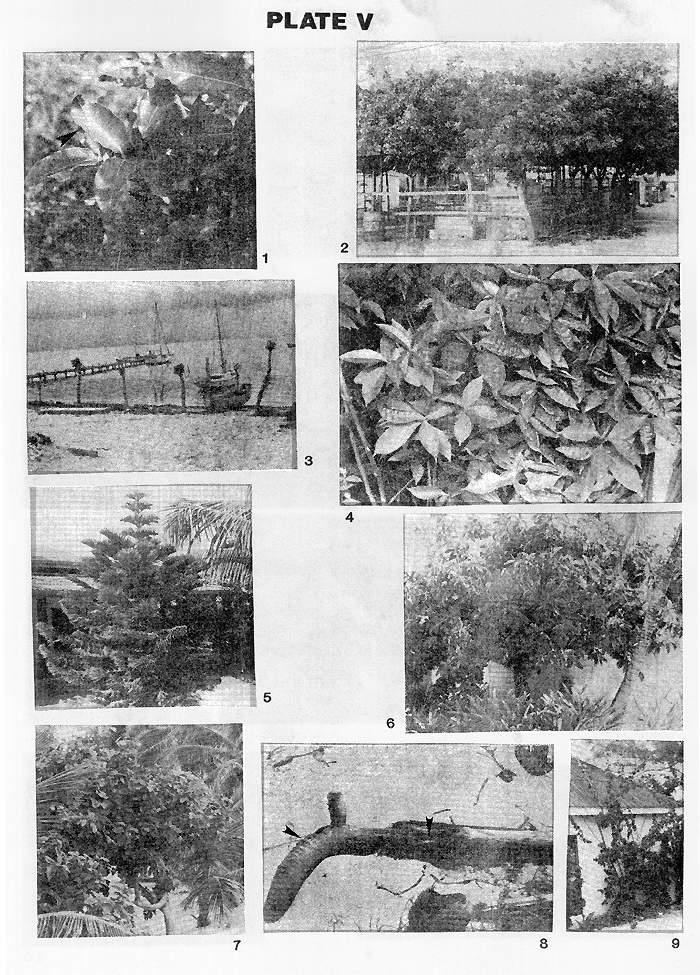

Fig. 1 "Che-chem", poisonwood: note the lanceolate leaves that have pronounced wavy edges (arrows); it grows wild in the bush. Visitors take care as some are very allergic to it. It has small red berries the size of a pea. It grows into a large bushy tree.
Fig. 2 Gombolimbo, locally called "Cha-cah", and in creole, "naked lady". This rather attractive perimeter of trees was planted as posts of equal height cut from gombolimbo limbs. This living fence provides shade for the Lion's Den in San Pedro.
Fig. 3 New fence of gombolimbo just sprouting in front of the cemetery.
Fig. 4 "Holube": note the puckered appearance of the leaves and their very pointed tips. The mashed leaves are an antidote for "che-chem" poisoning. Found in the same yard as the breadfruit tree, it is more of a bush.
Fig. 5 Norfolk Island pine showing how the new branches at the top of the tree come out in layers (Holiday Hotel).
Fig. 6 Non-native rubber tree that has been planted as an ornamental. It may be found in the entrance to the Hotel Joya del Caribe south of the town.
Fig. 7 Young ziricote, very bright red flowers, white fruit the size of a walnut. This wood family is used extensively in wood carving. (P1. VI,
Fig 6, is another example in front of police station)
Fig. 8 Bamboo root: this is a portion of the root and stem that had washed ashore on Ambergris Caye. Note the hollow stem (arrow) and nodes on the curved root (arrow). Although not common, it can be found on northern Ambergris Caye.
Fig. 9 Bouganvillea at Sr. Paz Bar, has been trained to grow across the roof and into the bar: flowers usually bright purple, bush has sharp spines.